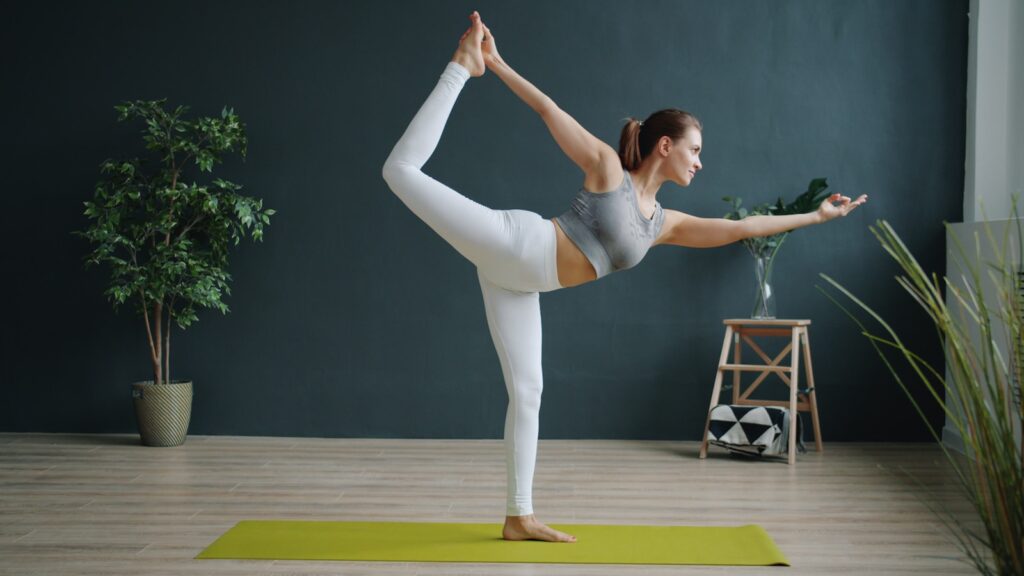Good posture does more than make you look confident—it protects your spine, reduces pain, and keeps muscles functioning properly. Yet with long hours spent at desks, phones, and screens, slouching has become a common problem.
The good news? You don’t need a specialist to improve your posture. With small daily changes and simple stretches, you can retrain your body to sit, stand, and move in healthier ways.
Build Awareness Throughout the Day
The first step in improving posture is to become aware of it. Many of us slip into slouching without realizing it, especially when we’re tired or focused on a screen. Setting reminders on your phone or computer to “sit tall” can help.
Check your alignment by imagining a string gently pulling the crown of your head upward. Your shoulders should relax back and down, your chin should stay level, and your ears should line up over your shoulders. Practicing this awareness regularly trains your body to recognize correct alignment.
Read More: Walking vs. Running: Which Is Better for Long-Term Health?
Simple Stretches That Work
Stretching loosens tight muscles that pull your body out of position. Two key areas to target are the chest and hip flexors, which often become shortened from prolonged sitting.
Chest stretches can be done by clasping your hands behind your back and gently opening your chest. Hip flexor stretches, such as a kneeling lunge, release tension in the front of the hips. Pairing these with upper back stretches, such as the cat-cow movement, restores flexibility and encourages a more upright stance.
Performing these stretches once or twice daily helps maintain proper posture with minimal effort.
Strengthen Core and Back Muscles
Weak muscles contribute to poor posture just as much as tight ones. The core, glutes, and upper back play a crucial role in maintaining your upright posture. Simple exercises like planks, glute bridges, and rows strengthen these support systems.
Aim to include at least two short strength sessions per week, even if you’re only using bodyweight. Over time, stronger muscles will naturally maintain your body in better alignment without the need for constant reminders.
Read More: Is It Safe to Work Out Every Day? What Science Says
Adjust Your Environment
Sometimes it’s not your body that’s the problem—it’s your setup. Ergonomics makes a big difference in posture. Adjust your chair so that your feet are flat on the ground, your knees are at a 90-degree angle, and your screen is at eye level.
If you use a laptop, consider a stand or an external keyboard to avoid hunching forward. Even minor adjustments like these can prevent hours of slouching and reduce strain on your neck and back.
Take Movement Breaks Often
Even with good awareness and a solid setup, staying in one position too long can harm posture. Aim to stand, stretch, or walk for a few minutes every hour. These small breaks reset your muscles and prevent stiffness from building up.
The Takeaway
Improving posture doesn’t require expensive visits or special equipment. By building awareness, stretching tight areas, strengthening key muscles, and adjusting your environment, you can correct slouching and protect your spine. Small, consistent habits will make good posture feel natural again.




